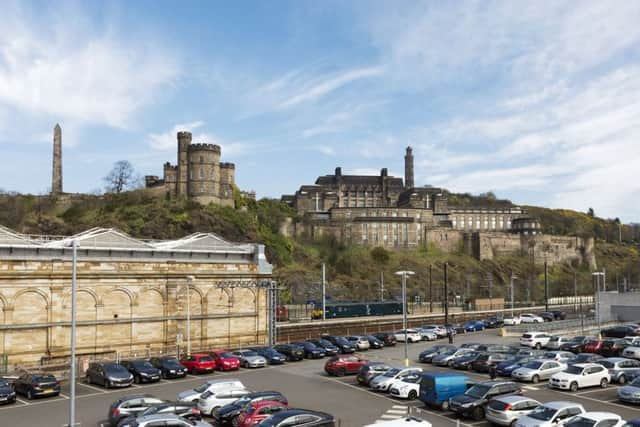Scotland’s top buidings to be unveiled


The Scottish Parliament, Glasgow’s Burrell Collection and the Scottish Government’s St Andrews House base are among the hundreds to be nominated by the public as part of the Scots Style exhibition which will tour the country next year.
It is part of the 2016 Year of Innovation, Architecture and Design which is being staged by the Royal Incorporation of Architects in Scotland (RIAS) and will feature some of the best of Scottish design.
Advertisement
Hide AdThe Scots Style event will see ten buildings from each decade over the past century selected from hundreds of public nominations.
Others likely to be included are the National Museum of Scotland extension in Edinburgh and the Piers Arts centre in Stromness.
The festival will also include an “Architecture in Space” event which will look at the design of buildings used in movies like Star Wars.
Culture Secretary Fiona Hyslop said: “The RIAS Festival of Architecture will highlight the richness and breadth of Scotland’s architecture and the world quality of our built landscape.
“It will be a nationwide event, showing how architecture touches everyone’s lives and engaging with Scots and visitors to Scotland – whether they have a professional involvement in architecture, or a passing interest.
“Architecture is a pivotal part of Scotland’s culture. This funding from the Scottish Government and VisitScotland will allow the Festival of Architecture to connect Scottish communities and visitors with our architecture through events & exhibitions, Scotland-wide.”
Advertisement
Hide AdDavid Dunbar PPRIAS, Chair of the Festival of Architecture 2016 said: “This Festival is a national celebration, notably of great architecture, but also of how the work of architects improves people’s lives. It has the potential to transform Scotland’s relationship with its built environment, engaging local communities, young and old alike, with the artform which has been called `the mother of the arts.’”